Frozen water supply lines
lil_geek
17 years ago
Related Stories
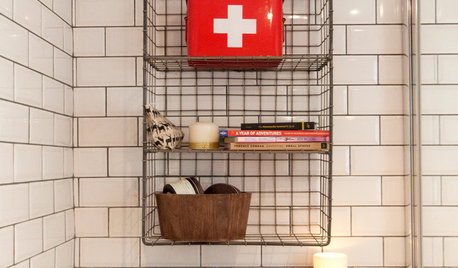
LIFEYour First-Aid, Emergency and Medical Supply Checklist
Don’t wait until you need them to stock your first-aid kit and emergency stash. Here’s what to get and where to keep it
Full Story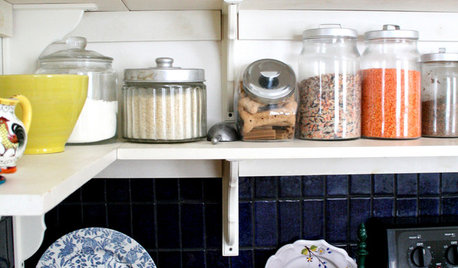
KITCHEN DESIGNDisplaying Kitchen Supplies — Hot or Not?
Do some kitchens just beg for a cozy row of canisters and gear for all to see? Have a look and let us know what you think
Full Story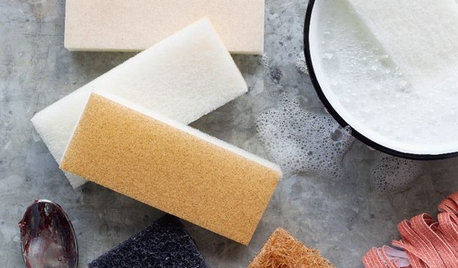
PRODUCT PICKSGuest Picks: A Tidy Roundup of Cleaning Supplies
Practical and pretty cleansers and cleaning accessories to make housecleaning chores a pleasure
Full Story
PRODUCT PICKSGuest Picks: Smart Storage for Collections and Craft Supplies
Organize to your heart’s content with creative solutions for keeping all kinds of things neat
Full Story
BATHROOM DESIGNBathroom Details: Show Off Your Sink Line
You heard right. Exposed sink traps have gone stylish, with more materials and matching fittings than ever
Full Story
HOUZZ TOURSMy Houzz: Sleek Lines and Innovations in Portland
Behind these airy, contemporary interiors lie high-tech systems that lower utility costs while keeping the family comfortable
Full Story
SAVING WATER11 Ways to Save Water at Home
Whether you live in a drought-stricken area or just want to help preserve a precious resource, here are things you can do to use less water
Full Story
EXTERIORSWhere Front Yards Collide: Property Lines in Pictures
Some could be twins; others channel the Odd Couple. You may never look at property boundaries the same way again
Full Story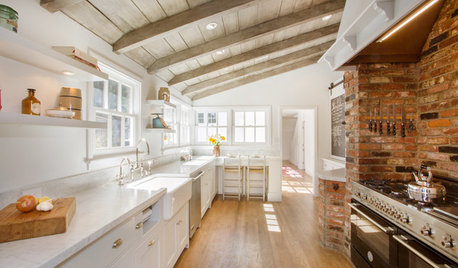
KITCHEN DESIGNKitchen of the Week: Brick, Wood and Clean White Lines
A family kitchen retains its original brick but adds an eat-in area and bright new cabinets
Full Story
SAVING WATERXeriscape Gardens: How to Get a Beautiful Landscape With Less Water
Conserve water and make gardening much easier with the xeriscape approach’s 7 principles
Full Story





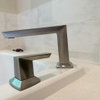
kudzu9
pjb999
Related Professionals
Franklin Plumbers · Arlington Handyman · Hopewell Kitchen & Bathroom Remodelers · Bethel Park Kitchen & Bathroom Remodelers · Cleveland Kitchen & Bathroom Remodelers · Deerfield Beach Kitchen & Bathroom Remodelers · Jacksonville Kitchen & Bathroom Remodelers · Rochester Kitchen & Bathroom Remodelers · Santa Fe Kitchen & Bathroom Remodelers · Toms River Kitchen & Bathroom Remodelers · Middlesex Kitchen & Bathroom Remodelers · Westminster Kitchen & Bathroom Remodelers · Hawthorne Kitchen & Bathroom Remodelers · Eufaula Kitchen & Bathroom Remodelers · Tanque Verde Kitchen & Bath Fixturescastoff